![]() May 07 2022
May 07 2022
![]()
In Western Europe, which enforces the strictest regulations on the use of single-use plastics, the consumption of biodegradable biopolymers accounts for about 55% of global consumption. Consumption in Asia and Oceania (Australia and New Zealand) accounts for about 25% of global consumption, 19% in North America, and less than 1% in other countries and regions.
"Biodegradable plastics, including biodegradable disposable plates, cutlery, cup lids, etc. are mainly starch-based compounds or polylactic acid-based materials, which are increasingly cost-competitive compared with petroleum-based plastics, and the market's Demand is also growing significantly. Especially in Western Europe, where environmental regulations are the most stringent, there is a huge demand for biodegradable plastics,” said Marifaith Hackett, research director for specialty chemicals at IHS Markit. The market demand for traditional plastics such as polyethylene is still tiny.”
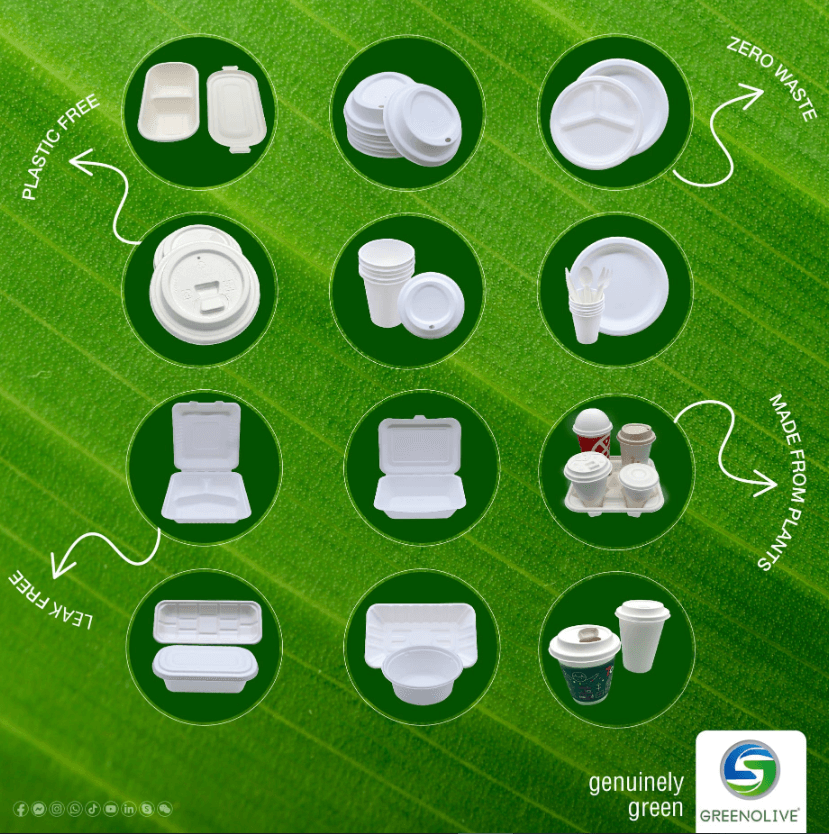
Demand for polyethylene, the world's most consumed plastic, has nearly doubled over the past 20 years, according to IHS Markit. IHS MARIT expects global demand for polyethylene to exceed 100 million tons in 2018. However, new market pressures, including rising consumer expectations for sustainability and tightening environmental regulations in mature markets such as Europe and key growth markets such as China, could impact future polyethylene demand growth.
“The properties and processability of biodegradable polymers have improved, and their range of applications will be further expanded. But legislation is the most important demand driver for biodegradable polymers,” says Marifaith Hackett, “such as Italy and France banning the use of Non-biodegradable plastic bags, which will drive the market demand for biodegradable polymers in these countries. We expect more and more European countries to strengthen legislative restrictions.”
Marifaith Hackett said biodegradable polymers have been slow or even stalled where the necessary infrastructure is lacking. “Consumer environmental awareness and activism will definitely drive the market for biodegradable plastics,” Marifaith Hackett said. “To really realize the benefits of biodegradable polymers, you need to have a collection and composting infrastructure to support that. There are currently very few There are big cities or municipalities building the necessary collection and composting facilities."
Marifaith Hackett also pointed out that one must also correctly recognize that many biodegradable polymers are only biodegradable in specific industrial composting facilities. These composting facilities require higher temperatures than home composting. "Only a small percentage of biodegradable polymers can be composted in a home's backyard compost bin, and very few can be composted directly in soil or marine environments," emphasizes Marifaith Hackett.
Despite the huge potential of biodegradable polymers, we still need to reduce plastic consumption and strengthen plastic recycling. “Consumers may confuse bio-based plastics with biodegradable polymers for a variety of reasons, and despite growing public awareness of the plastic waste problem, there is still less demand for environmentally friendly plastics than expected,” Marifaith Hackett said. , "In daily life, there is still a lack of proper solutions for the disposal of products made from biodegradable polymers. The cost of building infrastructure to support collection and composting remains a barrier to the rapid growth of biodegradable polymers."
The IHS Markit report states that mandatory composting programs are helping to drive the growth of biodegradable polymers market demand. These projects divert organic waste from landfills and reduce greenhouse gas emissions from landfills. The expansion of composting programs could spur demand for compostable garbage bags and food utensils, both important end markets for biodegradable polymers. The shortage of composting facilities capable of handling biodegradable polymers has limited the positive impact of mandatory composting programs on the demand for biodegradable polymers.
"There will be more legislation in Europe and the EU. If these legislations are rolled out, there will be major changes in the plastics industry. Traditional plastics producers are likely to back off," Marifaith Hackett said. “When we previously assessed global demand for biodegradable polymers at IHSMARIT, we noticed that the U.S. was the largest driver of demand growth in this segment, but now Europe is the leading demand center due to the advancement of legislation. Because Europeans In particular, we want to reduce marine litter."
The growth of the biodegradable polymer industry is closely related to several factors, such as solid waste disposal patterns, existing and future legislation, and consumer attitudes and behaviors. The evolution of these factors and their impact on the biodegradable polymer industry varies across the world.
PRODUCT CATEGORIES
![]() You May Also Like
You May Also Like

Custom Biodegradable Bagasse Pulp Cuplids, Coffee Paper Cup And Lids
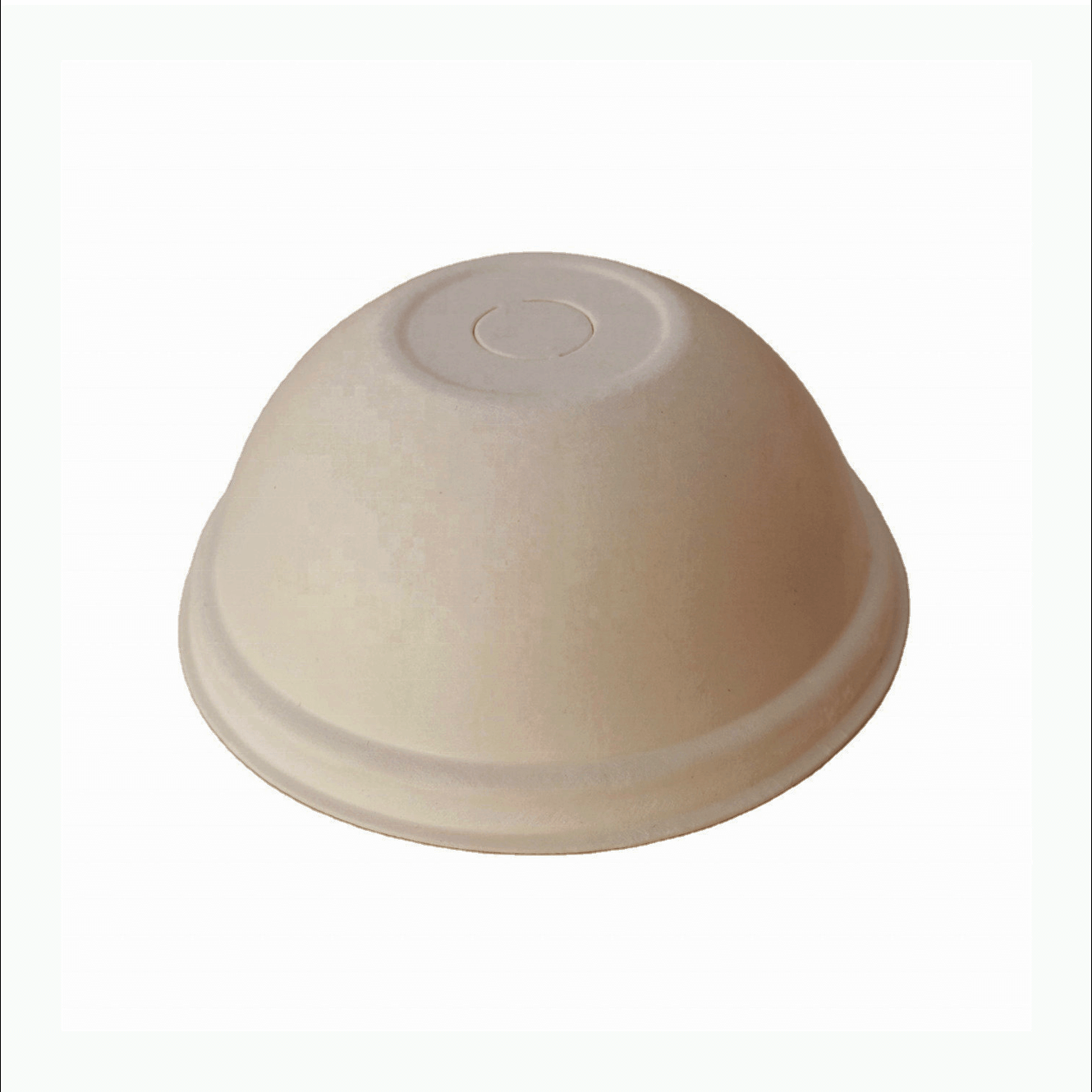
80mm Bagasse paper lid, dome shape, natural brown
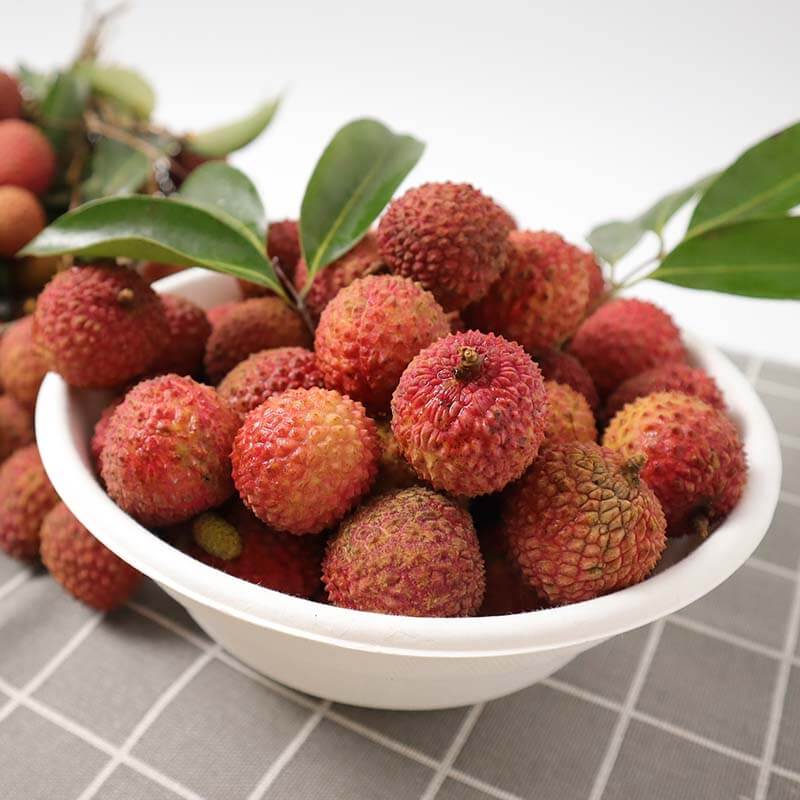
Wholesale Biodegradable Disposable Bagasse Salad Rice Fruit Bowl
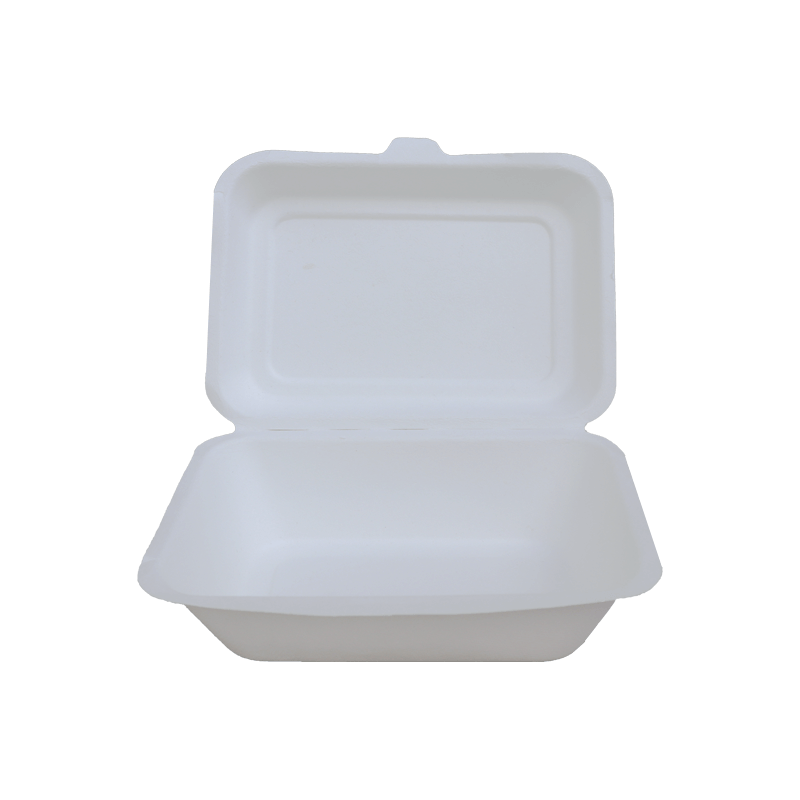
7 x 5 inch Rectangle bagasse clamshell, white

Corrugated pulp disposable 4 cup holder tray takeaway carrier
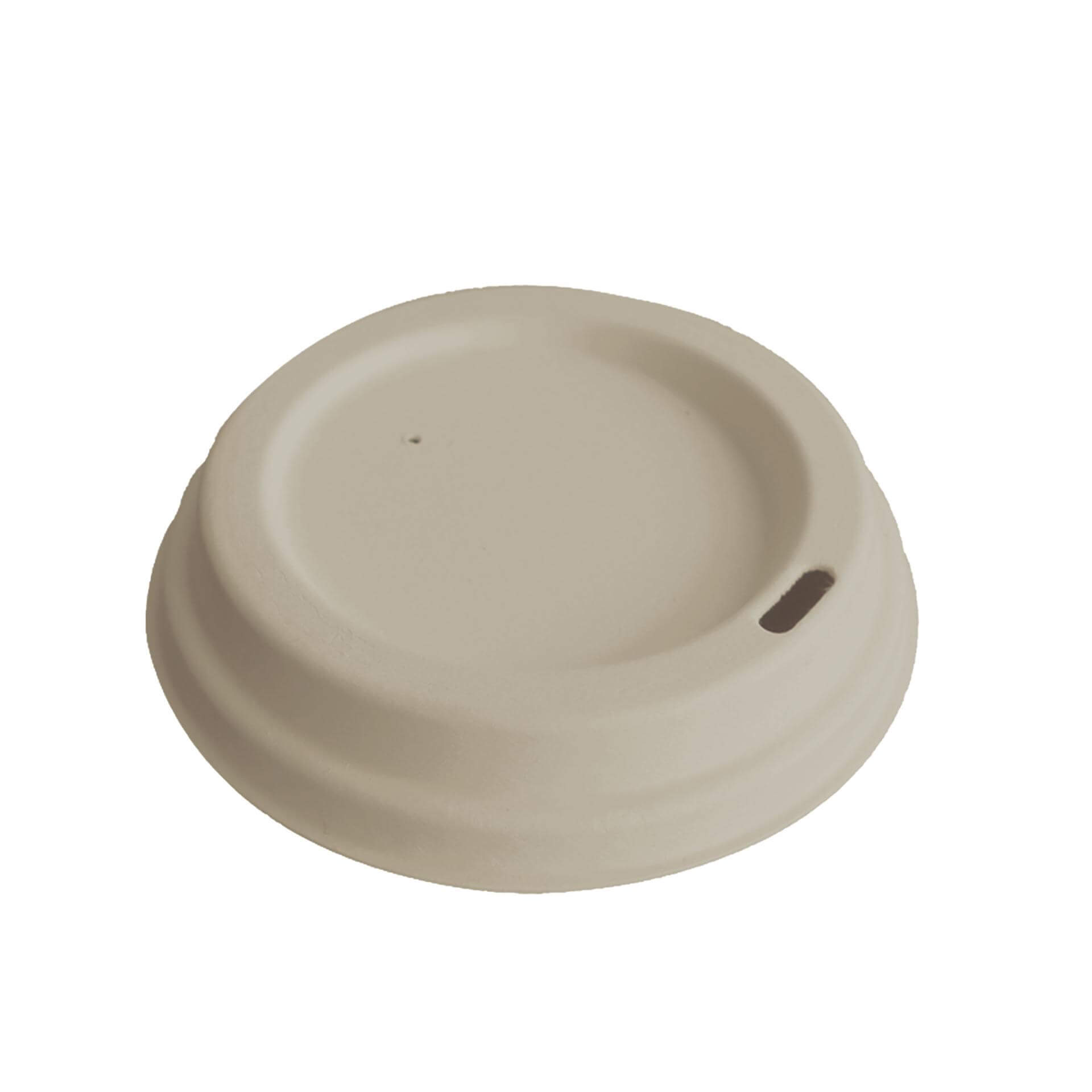
90mm natural brown sugarcane pulp sip lid, round design
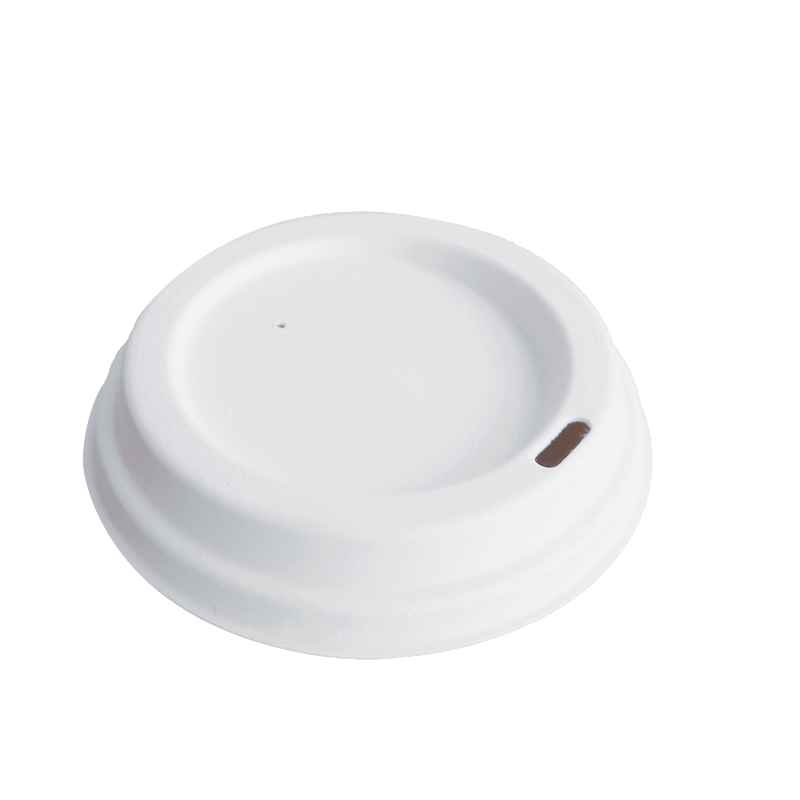
90mm White sugarcane pulp sip lid, round design
